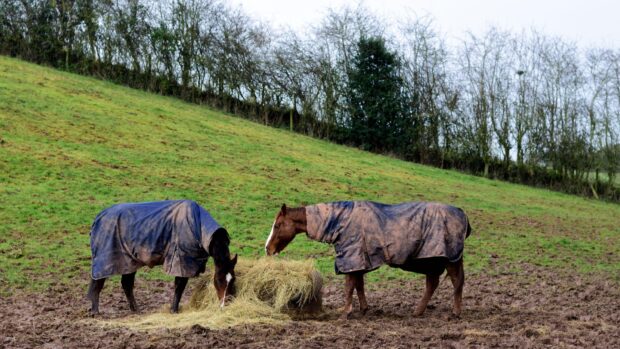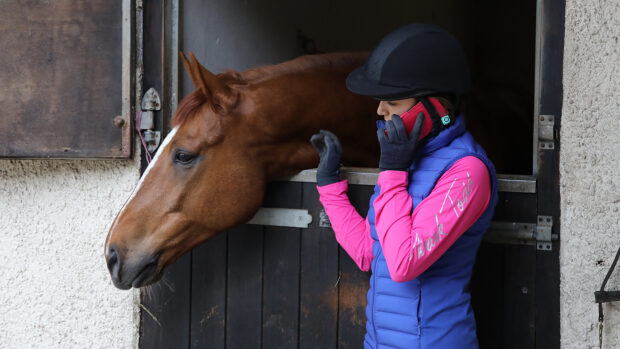Incurring an injury when trying horses for sale is a risk that all buyers face and a recent court case has called into question who is responsible if a horse misbehaves when being tried. Is it the rider who is taking the risk, or the owner/seller of the horse?
Court case: Goldsmith v Patchcott
In March 2008 Kara Goldsmith, now 39, visited a yard in Stanley, Co Durham, to try “Red”, a nine-year-old gelding who was being offered free to a good home.
Mrs Goldsmith, an experienced rider from Hallgarth, Consett, walked, trotted and cantered the horse for around 20 minutes.
Then something caused Red to rear up and buck violently, several times, as he walked back to the stables.
Mrs Goldsmith fell and the horse trampled on her head, causing serious damage to one side of her face. She needed 20 operations, has had to give up work and still suffers persistent pain, she claims.
However her application for damages against the horse’s keeper, Bradley Patchcott, was rejected by Judge Christopher Walton at Newcastle County Court last June.
He ruled that riders “assume the risk of injury” when they decide to ride a horse.
Last Monday (6 January) Mrs Goldsmith’s took her case to London’s Court of Appeal – a ruling will be made at a later date and could affect everyone who buys and sells horses.
Barrister Jonathan Hand told H&H that Mrs Goldsmith’s case could set a precedent for this type of case.
If the Appeal Court agrees with the county court it’s helpful for sellers whose horses injure a rider but will severely restrict the ability of claimants [riders] to claim damages.
“The judge said that if you are an experienced rider and get onto a horse you take responsibility for any injuries you might sustain – this is significant.”
How to protect yourself
So what can you do to reduce the risks of being injured?
- Take a friend with you
- Clearly state the purpose for which you are buying the horse and your standard of riding
- Always ask to see someone else ride the horse before getting on
- Make sure you are suitably dressed to ride, including a hard hat, suitable footwear and gloves. You might also want to consider wearing a body protector
- Proceed cautiously, preferably mounting and riding the horse on an artificial surface until you are happy
- Check the horse’s tack is safe and properly adjusted
- Find out if the horse is insured and if not consider taking out insurance yourself
- If you are at all concerned, don’t get on board
This article was first published in Horse & Hound magazine, (16 February 2012)



